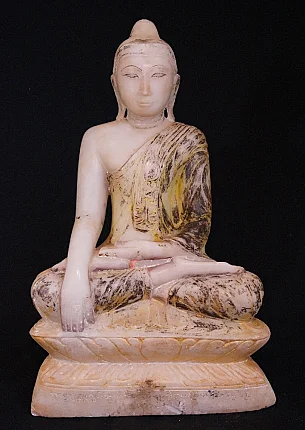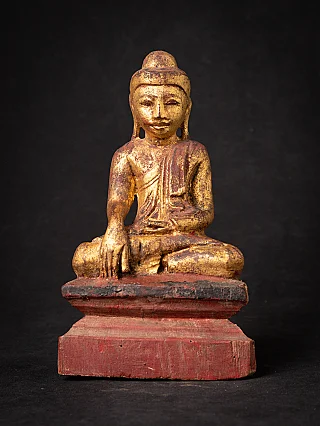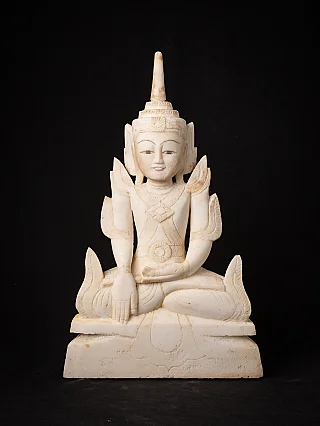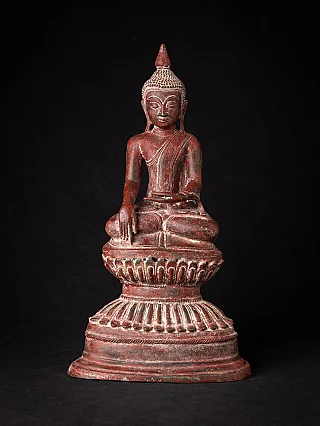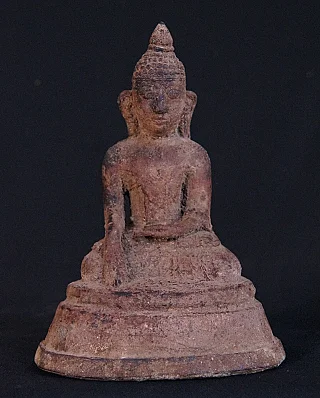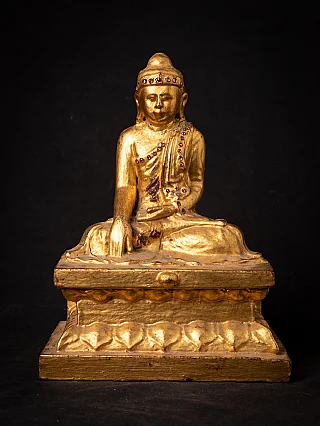Teachings of Buddha
Author : Peter Vredeveld

Buddha, also known as Shakyamuni Buddha, is the founder of Buddhism. Lord Buddha attained “Enlightenment” under the Bodhi tree. After attaining Nirvana, Lord Buddha became a figure providing the wisdom he obtained and helped billions of people to end their suffering and achieve the state of Nirvana.
Theravada Buddhism and Mahayana Buddhism are the two primary branches of Buddhism, and the people of Sri Lanka and Southeast Asia predominantly follow Theravada, while East Asia is known for its widespread support of Mahayana Buddhism.
The Three Universal Truths and Basic Teachings of Lord Buddha

After attaining nirvana, Lord Buddha started teaching the way of life to people. Near the city of Benares, he shared his first teachings with five holy men, and they immediately understood his teachings and agreed to follow Lord Buddha. For forty-five years, Buddha, along with his disciples, started spreading Buddha's wisdom and teachings in India. The teachings of Lord Buddha are also known as Dhamma. Let's see some of the crucial teachings Lord Buddha has left behind for the sake of humanity.
During his enlightenment, Buddha found answers to three universal questions and thoroughly explained these answers and the truth to his disciples.
These Three Universal truths are some basic teachings of The Buddha
- Nothing is lost in the Universe:
The first universal truth of Buddha found was "Nothing in this Universe is lost." Old solar systems disintegrate into cosmic rays. We are the children of our parents, and we will be our children's parents.
If we destroy something around us, we destroy ourselves. If we lie to another, we lie to ourselves. Learning and understanding these truths, Lord Buddha and his disciples never killed animals.
- Everything changes:
The second universal truth is that everything changes and keeps on changing continuously. Dinosaurs and mammoths used to rule this planet, but now we humans rule the planet. Life is like a river; it keeps on flowing, ever-changing.
- Law of Cause and Effect:
"The kind of seed sown
will produce that kind of fruit.
Those who do good will reap good results.
Those who do evil will reap evil results.
If you carefully plant a good seed,
You will joyfully gather good fruit. "
~ Dhammapada
It is mentioned in Dhammapada, too: if we do some good things, then good things will come to us. If we do something evil, then evil things will happen to us. It is all due to Cause and Effect. This law of Cause and Effect is known as Karma.
Most religion strongly believes in Karma, and so do Buddhism. Good Karma results in good results, and evil Karma leads to wrong results.
The Four Noble Truths
The Noble Truth of Suffering
"There is happiness in life,
happiness in friendship,
happiness of a family,
happiness in a healthy body and mind,
but when one loses them, there is suffering."
~ Dhammapada
What is suffering?
Suffering is everywhere. When people are born, they cry. When they are sick, they have pain. When they are old, they have sufferings with their body. When people die, someone dear feel sorrow for their death.
- The Noble Truth of Cause of Suffering:
What is the cause of these suffering? Why do we feel pain? Why do people suffer?
These are the result of greed or wanting more, ignorance, wrong idea of pleasure.
- The Noble Truth of End of suffering
In order to end these suffering, one must be able to cut off their greed, idea of having pleasure. One must learn and have knowledge to cut off their ignorance.
The first way to end these suffering is changing one’s views and must try to live in a natural way and must possess peaceful mind. The state when one ends their suffering and live a peaceful way is known as Nirvana. This is the highest goal and aim of Buddhism and Buddha tries to spread his knowledge to people so that they can end their suffering.
- The Noble Truth of Path to end suffering:
The path to end the suffering, is called Noble Eightfold path or Middle way.
Noble Eight-Fold Path or Middle Way
The path to ending the suffering of people is known as Noble Eightfold Path or Middle Way. Noble Eightfold Path is one of the principal teachings of Buddha. These teachings of Buddha described the way leading to a cessation of dukkha and the state of self-awakening. The Noble Eightfold path is described below:
1. Right View:
What is right view?
Knowledge about the cause of suffering, knowledge to end the cause of suffering, knowledge to way of path to end the suffering. This is called right view.
2. Right Intention:
Right intention can also be called as “right thought”. Understanding the right view, one should be able to differentiate between right intention and wrong intention. One should be resolved to be free from ill will is what right intention will teach you.
3. Right Speech:
One should always keep themselves from lying and ill speech. One should make best use of their speech and abandon false speech and always speak truth.
4. Right Conduct:
Never hurting others, criticizing others, well behaving, are the right conduct. One should never conduct any actions that may harm others.
5. Right Livelihood
"Do not earn your living by harming others. Do not seek happiness by making others unhappy."
The Buddha.
One should never choose living where his way of living may directly or indirectly harm others.
6. Right Effort
Right effort can also be called “right endeavor”. One should always try to take any action on the goodwill of people.
7. Right Mindfulness
People must constantly keep their mind to phenomena that may affect the body and mind. This means one must be aware of their thoughts, words, and action.
8. Right Concentration
Also known as “right meditation”, Right concentration teach people to concentrate and focus one thing or object at a time. Thus, leading quiet and peaceful mind.
Following these 8 Noble Eightfold Path, one can cultivate their wisdom and thus leading to the path to attain “nirvana”.
The Triple Jewel
Lord Buddha establishes the three refuges for people to follow his teachings. A refuge is the place where people can rely on and go to for the purpose of safety. The three refuges that Lord Buddha establishes are as follows:
- The Buddha is the guide
- The Dhamma is the path
- The Sangha is the teachers and companions along the way.
The Five Percepts
In Buddhism, Lord Buddha himself establishes five most important rules and called them Five Percepts.
- Avoid Killing
- Avoid taking anything which is not yours
- Avoid sexual misconduct
- Avoid lying
- Avoid any false drinks
These are some of the teachings; Lord Buddha himself has passed down for the sake of humanity and for their well beings. Every Buddhists have studied these teachings and practice them and swore never to make any mistakes and blunder.
Share this page


















